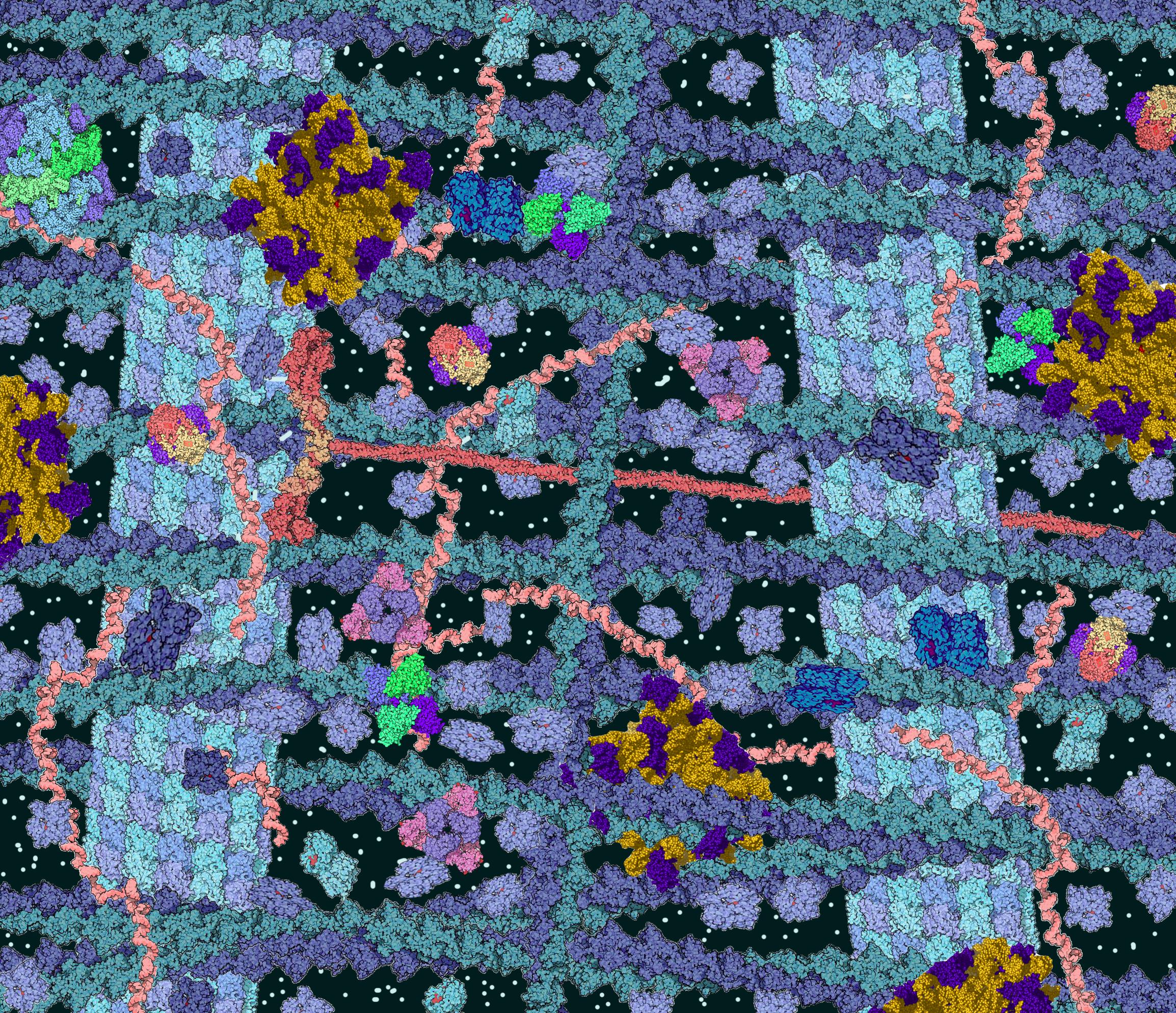The key difference between hyaloplasm and cytosol is the absence and presence of cell organelles. Hyaloplasm comprises of structureless fluid while cytosol comprises of fluid and structured organelles.
Hyaloplasm and cytosol are organic fluid substances found in a cell. They can be observed in prokaryotic cells as well are eukaryotic cells. The hyaloplasm refers to the liquid portion of the cytosol, which does not comprise of any structures. In comparison, cytosol is a liquid phase which comprises of structural components of a cell apart from the nucleus.
CONTENTS
1. Overview and Key Difference
2. What is Hyaloplasm
3. What is Cytosol
4. Similarities Between Hyaloplasm and Cytosol
5. Side by Side Comparison – Hyaloplasm vs Cytosol in Tabular Form
6. Summary
What is Hyaloplasm?
Hyaloplasm is the fluid portion of the cytosol devoid of any structures. Therefore, hyaloplasm does not house any structures on itself. It is also called the ground substance of the cell. There are many constituents in the hyaloplasm. They are water, minerals, dissolved minerals, amino acids, sugars, and dissolved inorganic ions. Therefore, the hyaloplasm is a nutrient-rich ground substance of a cell. It is a clear fluid portion.
Hyaloplasm is important in the metabolic activities of the cell. It carries out most reactions and makes the nutrients available for cellular functions. In addition to metabolism, the hyaloplasm also aids in locomotion of the cell along with the plasma membrane.
What is Cytsol?
Cytosol is a semi-solid, nutrient-rich complex medium which provides surface area for cellular organelles and other cellular structures except for the cell nucleus. The outer boundary of the cytosol is the plasma membrane. Cytosol is rich in components such as proteins, carbohydrates, globular structures, ions, vitamins, and minerals. Moreover, similar to the hyaloplasm, the main constituent present in the cytosol is water.

Figure 01: Cytosol
Cytosol is very rich in proteins as all the synthesized proteins are present in the cytosol following translation. Furthermore, the cytosol also regulates the osmotic balance of the cell and assists the cell to remain viable. Cytosol also aids the locomotive function of the cell. All the major metabolic processes of the cell also take place in the cytosol; therefore, the cytosol is a functionally active part of the cell.
What are the Similarities Between Hyaloplasm and Cytosol?
- Constituents of both include water, dissolved sugars, dissolved minerals, and vitamins.
- However, water is the major constituent in both structures.
- Thus, both are fluid in nature.
- Also, both are involved in carrying out metabolic reactions in the cell.
What is the Difference Between Hyaloplasm and Cytosol?
Hyaloplasm refers to the liquid portion of the cytosol, which does not comprise of any structures. In contrast, cytosol is a liquid phase which comprises structural components of a cell apart from the nucleus. Therefore, we can consider this as the key difference between hyaloplasm and cytosol. Additionally, hyaloplasm does not include any organelles while organelles are present in the cytosol. Hence, this is also a difference between hyaloplasm and cytosol.

Summary – Hyaloplasm vs Cytosol
Cytosol and hyaloplasm are two important substances in a cell. Hyaloplasm forms the ground substance of a cell; therefore, it is devoid of any structural organelles. When the ground substance bears structural organelles such as ribosomes, mitochondria, and chloroplast, it is referred to as the cytosol. Thus, the cytosol is a more complex and metabolically active structure in the cell. However, the cytosol too is devoid of the cell nucleus. In both structures, water is the main constituent. Moreover, both are involved in the metabolic processes of the cell. Thus, this is a summary of the difference between hyaloplasm and cytosol.
Reference:
1. “Hyaloplasm.” Biology Online, 12 May 2014, Available here.
2. “Cytosol.” Learn: Method Western Blot – The Human Protein Atlas, Available here.
Image Courtesy:
1. “Crowded cytosol” By TimVickers – Own work by uploader, based upon simlar illustrations in Goodsell DS (June 1991). “Inside a living cell”. Trends Biochem. Sci. 16 (6): 203–6. DOI:10.1016/0968-0004(91)90083-8. PMID 1891800 (Public Domain) via Commons Wikimedia
ncG1vNJzZmivp6x7pbXFn5yrnZ6YsqOx07CcnqZemLyue8OinZ%2Bdopq7pLGMm5ytr5Wau2602JqjqKiclsCuecCnm2abqam8tLvLaA%3D%3D